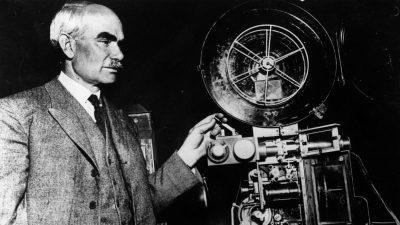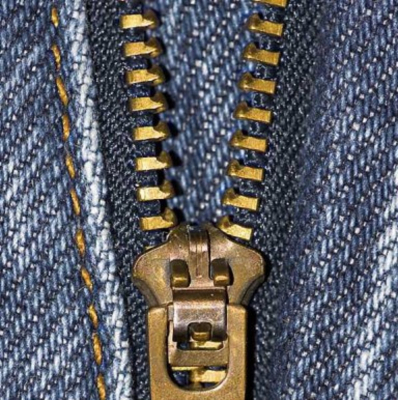What did Lee De Forest discover?

Exactly 100 years ago, on March 12, 1923, American inventor Lee de Forest conducted a public demonstration of his Phonofilm at a press conference. Even though it wasn’t a great financial success, it heralded on era in movie production as it synced sound with the moving image.
When we think about successful inventors whose inventions have heralded a new era, we imagine that they would have enjoyed considerable personal financial success from it as well. This, however, isn't always the case as some of them turn out to be bad at business. American inventor Lee de Forest was one of them. Even though he contributed immensely to the broadcasting industry and had plenty of scientific successes, he gained little from it all personally.
Unusual upbringing
Born in lowa, the U.S. in 1873, de Forest had an unusual upbringing for his time. Following his family's move to Alabama, they were avoided by the white community. This was because his father had taken the presidency of the Talladega College for Negroes and was involved in efforts to educate blacks.
Despite his unusual circumstances, de Forest grew up as a happy child unaware of the prejudices he was being meted out making friends with the black children in the town. He was drawn towards machinery and by the time he turned 13, he was already making gadgets at will. This is why he took the path towards the sciences, rather than become a clergyman as planned by his father.
Invents first triode
Even though education wasn't easy as he had to do odd jobs to meet expenses in addition to those covered by his scholarship and allowance from parents. de Forest completed his Ph.D. in physics in 1899. By 1906, he presented the audion - the first triode - and it went on to become an indispensable part of electronic circuits.
For several decailes, Inventors including American great Thomas Edison, had been trying to bring together the 3 phonograph (a device for recording and reproducing sound) and the moving picture. De Forest, working alongside fellow inventor Theodore Case, first became interested in the idea of sounds for films in 1913.
The patented system that he called Phonofilm began as a drawing in 1918. Over the next couple of years, he earned a number of patents pertaining to the process as he perfected it along the way. On March 12, 1923, he conducted a successful demonstration for the press and presented his Phonofilm.
Sound on film
The technological advance that de Forest brought about was to synchronise sound and motion. He did this by placing the sound recording as an optical soundtrack directly on the film. This meant that sound frequency and volume were represented in the form of analog blips of light.
In the weeks that followed, a number of short films premiered using the Phonofilm. As synchronising the sound of human voice with the lips that moved on screen was still rather difficult, the first sound films that the public viewed still haut dialogue titles, but were accompanied by music.
Below-par fidelity
While de Forest did equip nearly 30 theatres around the world with Phonofilm, he couldn't get Hollywood interested in his invention. De Forest had a solution for the sound-sync issue with his Phonofilm, but the fidelity (how accurately a copy reproduces its source) on offer didn't meet the expectations of the age.
In the following years, the motion picture industry shifted to talking pictures and the sound-on-film process was similar in principle to that used in de Forest’s Phonofilm. De Forest, however, was a failed businessman who was bad at judging people. He was defrauded by his own partner, had to pay for lengthy legal battles for his patents, and even had to sell many of these patents, which were then employed profitability
For all his efforts, de Forest at least finished as an Oscar winner. In 1959, two years before his death in 1961, the Academy of Motion Picture Art and Sciences awarded de Forest an honorary Oscar for the "pioneer invention which brought sound to the motion picture”.
Picture Credit : Google
